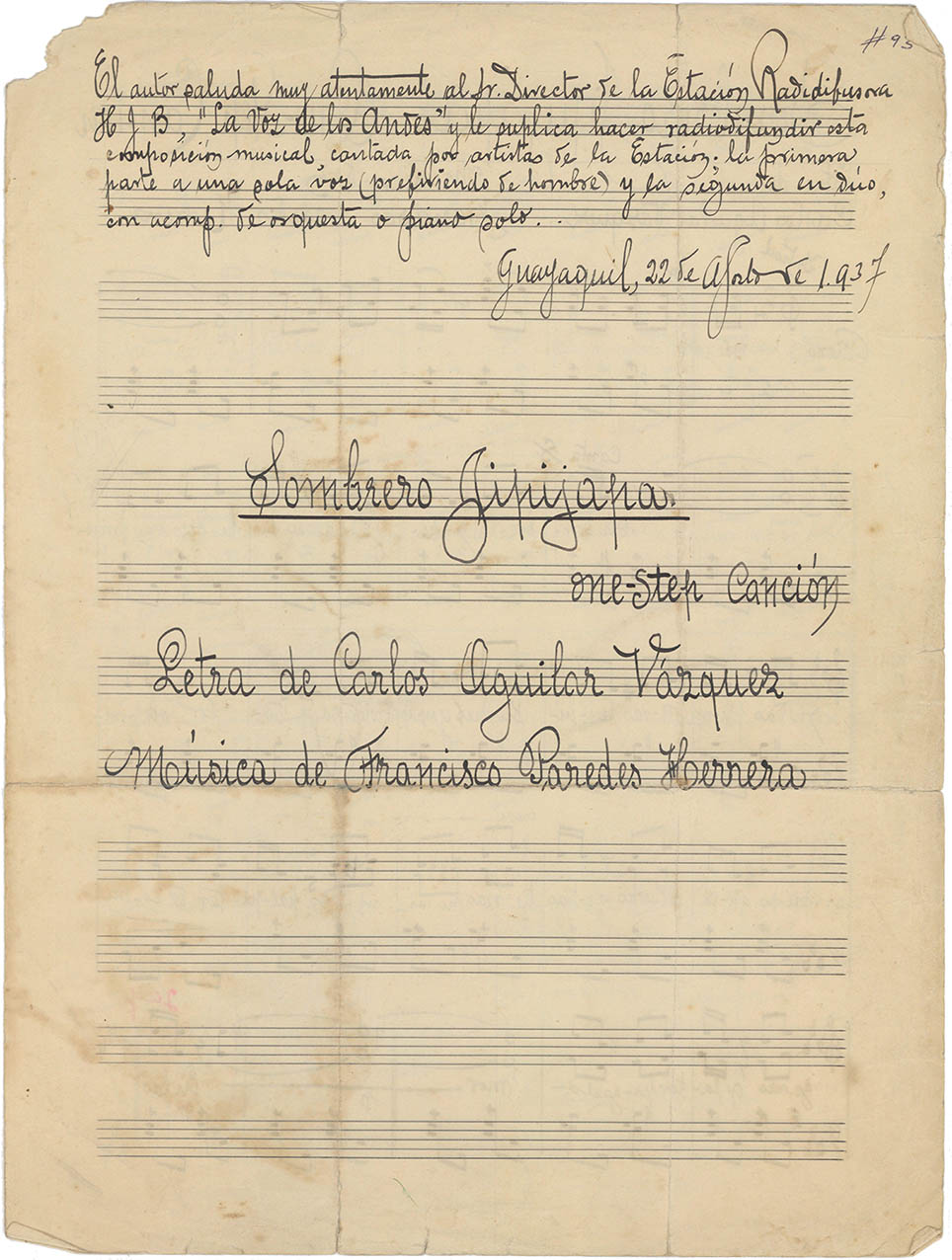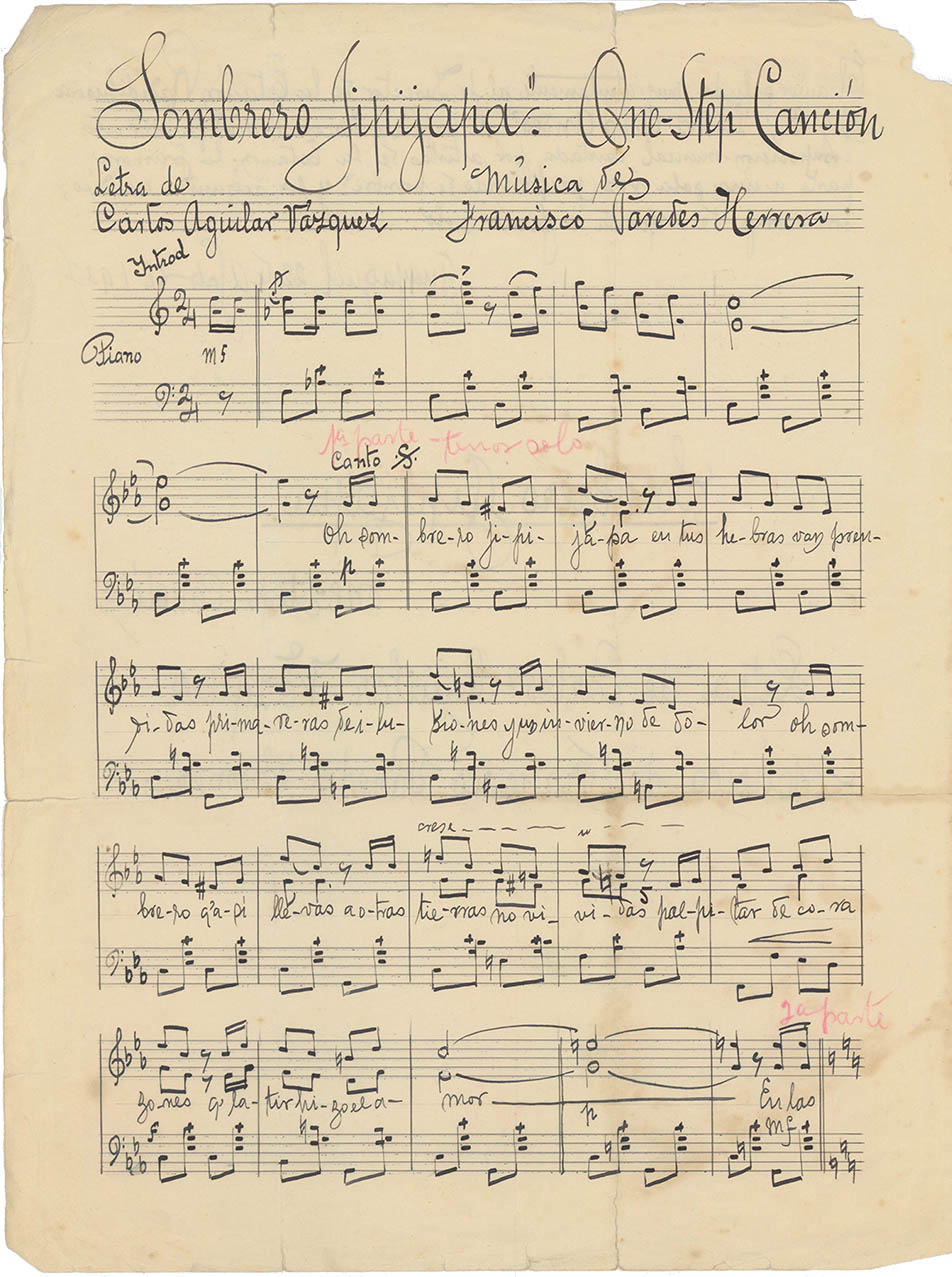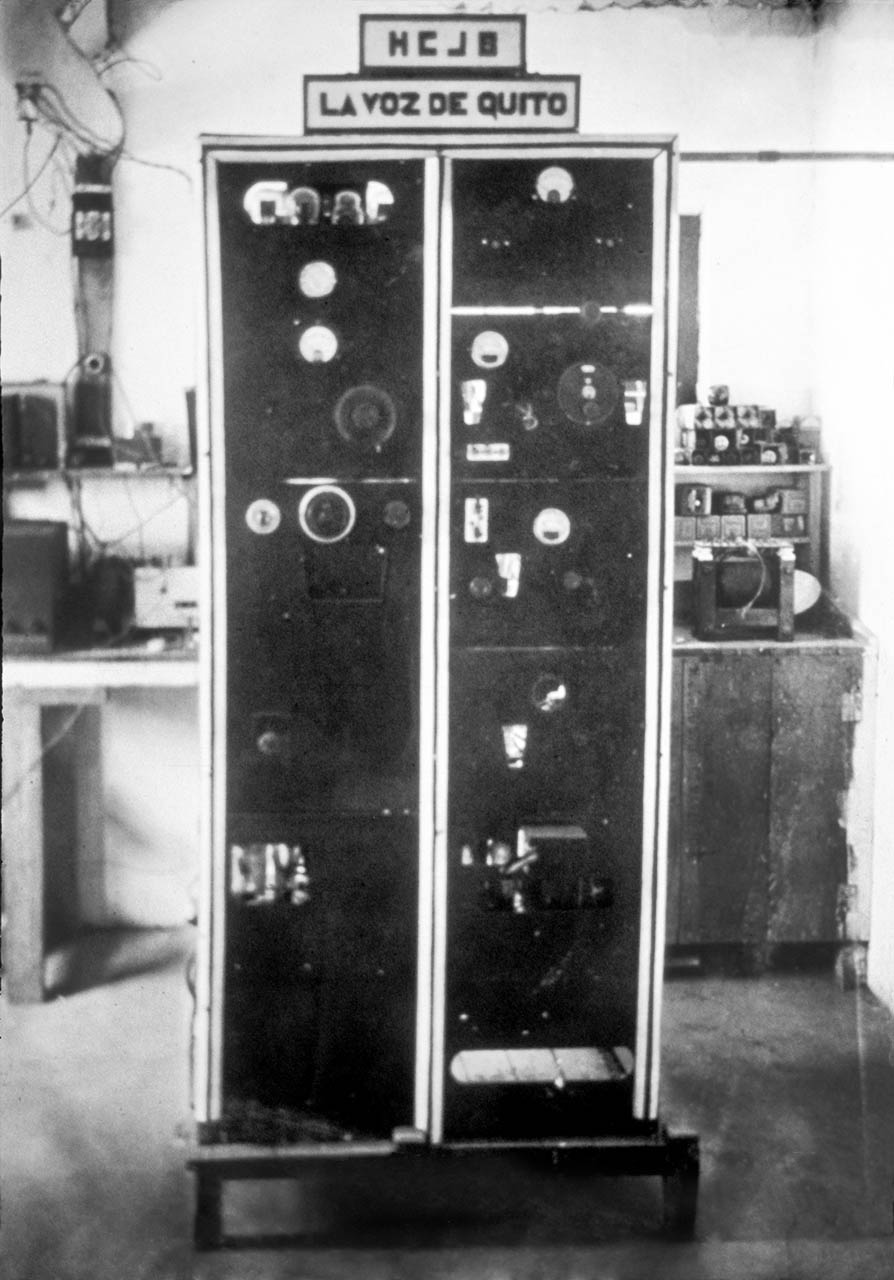 |
The Whisper of the Andes
HCJB is well known as being the Voice of the Andes. But Clarence Jones recalled how the station probably should have initially been called "The Whisper of the Andes" as it barely had more power than a couple of lightbulbs.
Clarence had ambitious plans to use a commercial 5,000-watt transmitter built by Marconi or RCA, but he couldn’t raise enough funds to buy one. Instead HCJB had a transmitter built by former CBS Engineer Eric William in his garage that would allow them to test different frequencies. The transmitter would be rebuilt in an attempt to gain more power and be more reliable. Dubbed “the Voice of Quito”, the transmitter had an effective power of between 200 and 400 Watts.
It had taken nearly four months to get the station and the tiny 200-watt transmitter operational. Amazingly HCJB’s signal could often be picked up at night in far away places including Chicago, New Zealand and even Europe.
HCJB’s first official broadcast almost didn’t happen…
The day before HCJB’s first official scheduled broadcast on Feb 23, 1932, which was to include American diplomats and high-level Ecuadorian government officials, the main power tube burnt out and they had no spares left. Clarence drove to Riobamba to see if Carlos Córdovez might have what they needed. Córdovez graciously gave Jones a replacement tube from his own transmitter, allowing HCJB’s first official broadcast to happen as planned.
Working Together
|
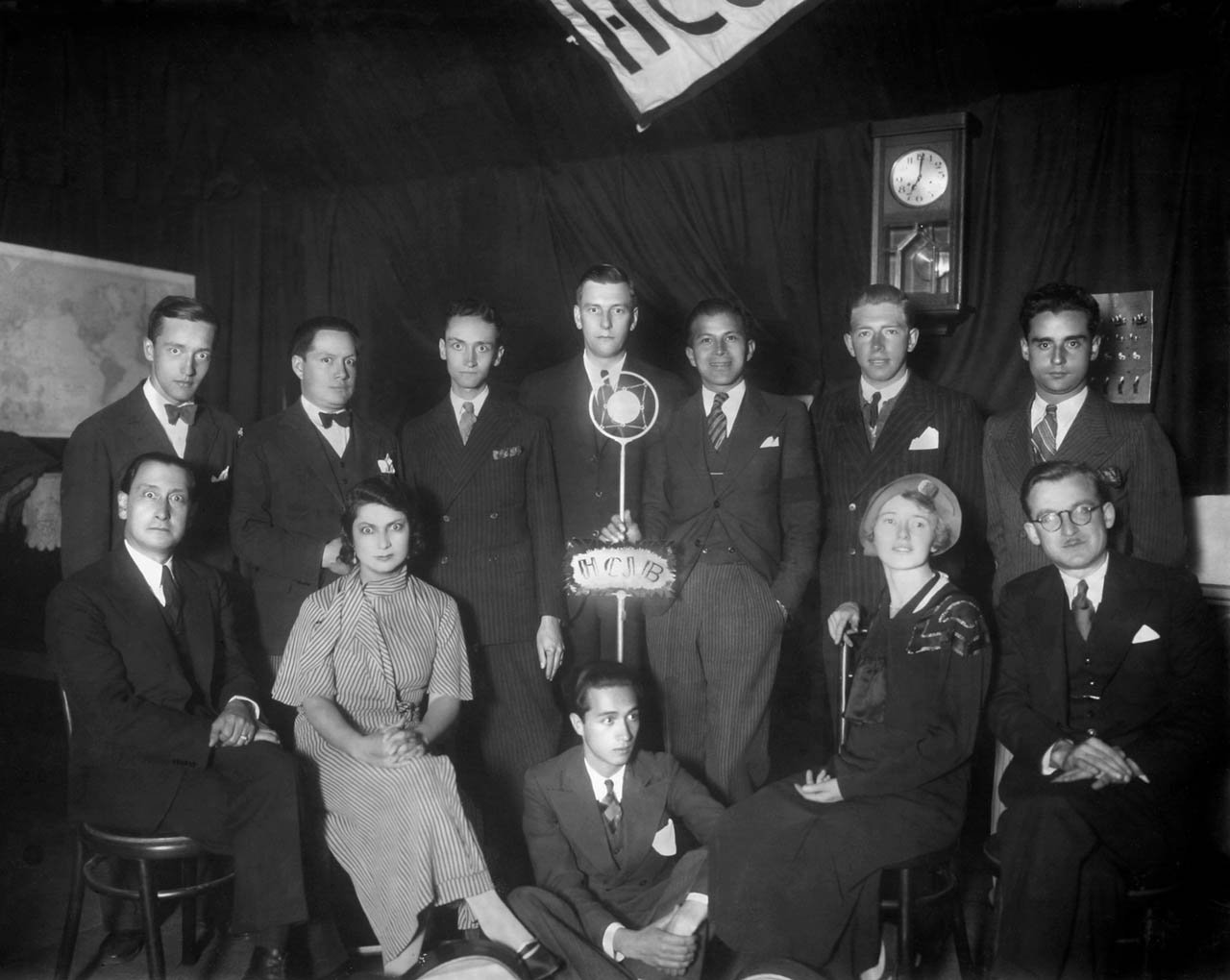 |
During the early years, Radio Station HCJB was largely operated by Ecuadorian staff.
Missionaries serving in Ecuador like Stuart Clark (at microphone) and Grace Larson (seated on right) helped present the Gospel message. However with departure of the Williams, the station's only full-time missionaries were Clarence (seated far right) and Katherine Jones.
Francisco Cruz (seated far left) was one of the first Ecuadorians to join Radio HCJB. Cruz served as the station manager for many years. Announcers Raul Cedeño and Luis Fernando Ayora became familiar voices to listeners. Local musicians and singers were an integral part of HCJB programming. Engineer Victoriano Salvador had the essential task of keeping the station on the air. (standing third from left)
Orquestra Vozandes
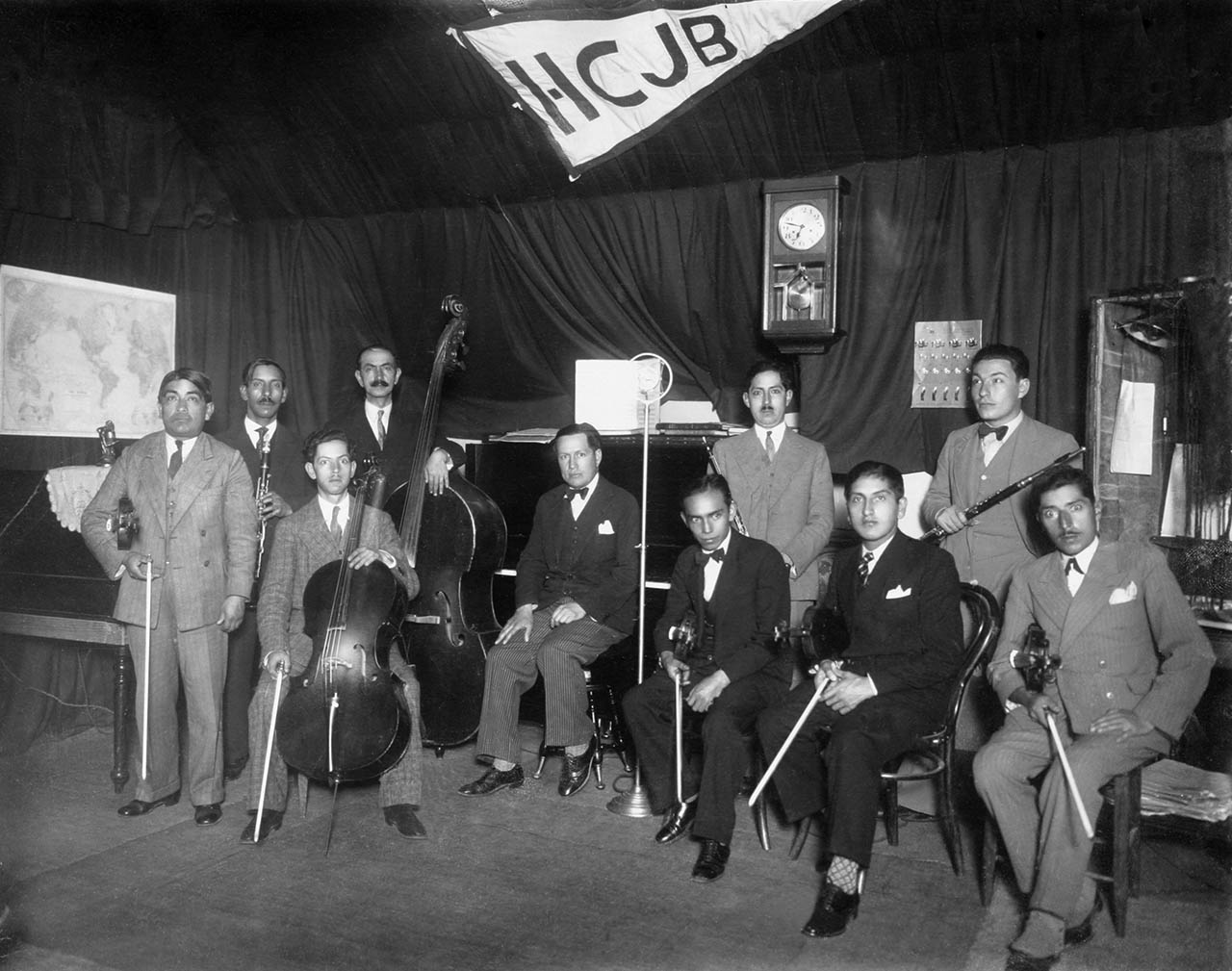 |
When HCJB began in 1931 there were no tape recorders. Virtually all of the station’s programming was done live. Clarence contracted the best local musicians to form “la Orquestra Vozandes.” (the Vozandes Orchestra)
Clarence had a deep appreciation for classical music. He had taken classes at the American Conservatory in Chicago and even played on occasion with the prestigious Chicago Symphony at Orchestra hall.
Clarence realized that the radio station needed to provide a wide variety of musical programming. Composers from all over Ecuador sent new sheet music to HCJB for its musical staff to perform on the air. Local groups were invited to the station to perform traditional Ecuadorian music. In the following years, HCJB recorded many of these sessions, creating an extensive archive that helped both promote and preserve Ecuador’s musical heritage. 